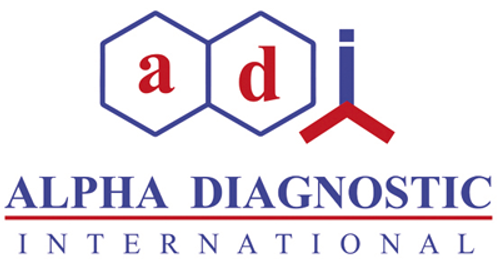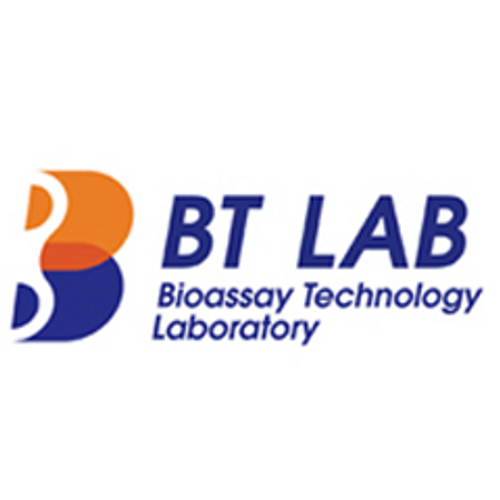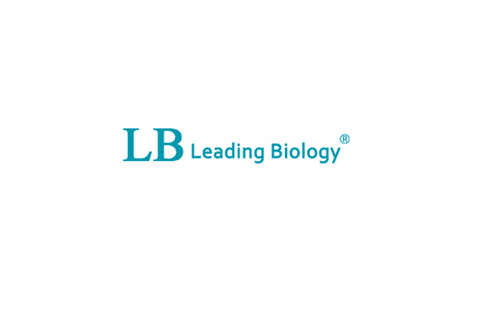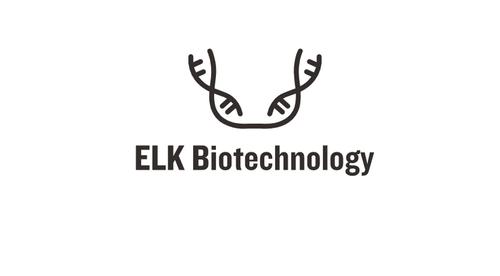Product Description
Human Arginine (ARG) ELISA Kit | AE62782HU | Abebio
Species Reactivity: Human (Homo sapiens)
Abbreviation: ARG
Alternative Name: N/A
Application: ELISA
Range: 1.23-100 μg/mL
Sensitivity: 0.51 μg/mL
Intra-Assay: ≤6.1%
Inter-Assay: ≤10.2%
Recovery: 0, 97
Sample Type: Serum, Plasma, Other biological fluids
Detection Method: Sandwich
Analysis Method : Quantitive
Test Principale: This assay employs a two-site sandwich ELISA to quantitate ARG in samples. An antibody specific for ARG has been pre-coated onto a microplate. Standards and samples are pipetted into the wells and anyARG present is bound by the immobilized antibody. After removing any unbound substances, a biotin-conjugated antibody specific for ARG is added to the wells. After washing, Streptavidin conjugated Horseradish Peroxidase (HRP) is added to the wells. Following a wash to remove any unbound avidin-enzyme reagent, a substrate solution is added to the wells and color develops in proportion to the amount of ARG bound in the initial step. The color development is stopped and the intensity of the color is measured.
Product Overview: Arginine is an α-amino acid. The L-form is one of the 20 most common natural amino acids. Arginine is classified as a semiessential or conditionally essential amino acid, depending on the developmental stage and health status of the individual. Infants are unable to meet their requirements and thus arginine is nutritionally essential for infants.Arginine was first isolated from a lupin seedling extract in 1886 by the Swiss chemist Ernst Schultze.The amino acid side chain of arginine consists of a 3-carbon aliphatic straight chain, the distal end of which is capped by a complex guanidinium group.With a pKa of 12.48, the guanidinium group is positively charged in neutral, acidic and even most basic environments, and thus imparts basic chemical properties to arginine. Because of the conjugation between the double bond and the nitrogen lone pairs, the positive charge is de-localized, enabling the formation of multiple H-bonds.
Stability: The stability of ELISA kit is determined by the loss rate of activity. The loss rate of this kit is less than 5% within the expiration date under appropriate storage condition. The loss rate was determined by accelerated thermal degradation test. Keep the kit at 37°C for 4 and 7 days, and compare O.D.values of the kit kept at 37°C with that of at recommended temperature. (referring from China Biological Products Standard, which was calculated by the Arrhenius equation. For ELISA kit, 4 days storage at 37°C can be considered as 6 months at 2 - 8°C, which means 7 days at 37°C equaling 12 months at 2 - 8°C) .
 Euro
Euro
 USD
USD
 British Pound
British Pound
 NULL
NULL












